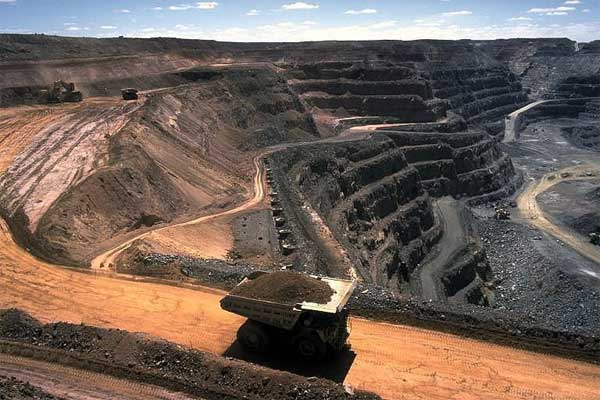The earliest mining system used in England, from which U.S. practices evolved, was the long wall method. Mining could proceed from the shaft only a short distance because no forced ventilation was available. All the coal within this perimeter was removed prior to extending the shaft deeper or sinking a new one. No coal preparation of consequence was performed at this time.
The room and pillar method was used in underground mines in this country because of the nature of and easy accessibility of the coal beds. Strip mining was introduced during the second decade of this century, after the development of the steam shovel for the Panama Canal, and the long wall system was reintroduced on an experimental basis during the last 20 years. Auger mining was introduced with the spread of coal stripping, as a supporting method of recovering coal from underneath a highwall.
Until World War II most coal was loaded by hand and was obtained from the better seams of coal. Each worker was responsible for rejecting impurities and (sometimes) fines in the mine. Outside preparation equipment consisted of screens, crushers, and picking tables. Washeries were not common.
Exhaustion of the best coals and adoption of mechanical mining, which eliminated the removal of impurities in the mine, required the wider use of cleaning plants incorporating screens, crushers, picking tables, and washers. These plants normally practiced hand picking for the lump and egg sizes (more than three inches) and washed the coarser coal (three inches by one quarter of an inch). The fine coal (less than one quarter of an inch) was usually shipped raw. The reject from such a plant was unlikely to exceed ten percent of the run-of-mine (ROM) coal.
Introduction of the continuous miner requiring “full seam” mining, elimination of a large portion of the domestic market, and further exhaustion of the best coals imposed further requirements on the coal preparation plants. They were required to clean and dry the fine coal, the state of development that is current today. Picking tables have been eliminated, a fine-coal circuit has been added, and rejection of 50 percent of the ROM coal is not uncommon.
Fluctuations in coal demand resulted in the dismantling of plants, some of which were incorporated into other or new plants, always of larger capacities. The trend has been to utilize one large plant to process coal from several mines, even from different seams, at the expense of additional freight charges and intensified refuse disposal requirements. Some plants, modified and expanded several times, are still operating at the original site after 50 years, long after the original mine has been abandoned.


